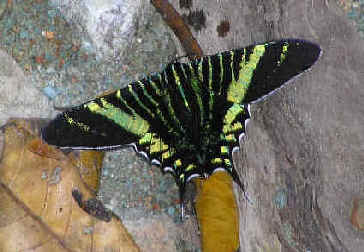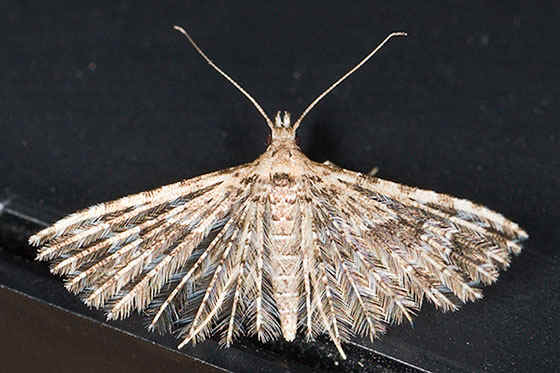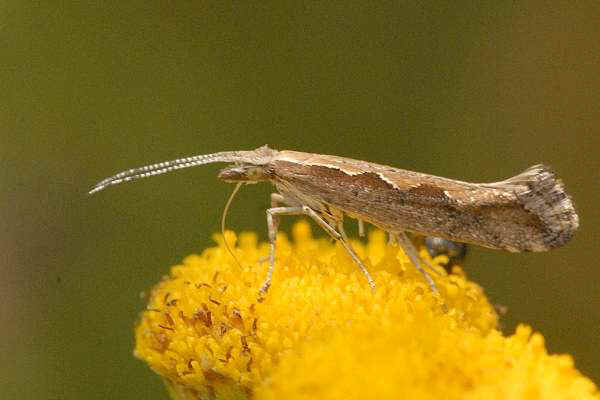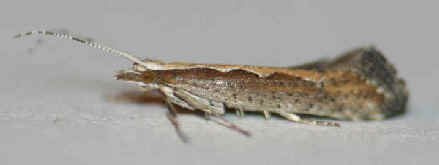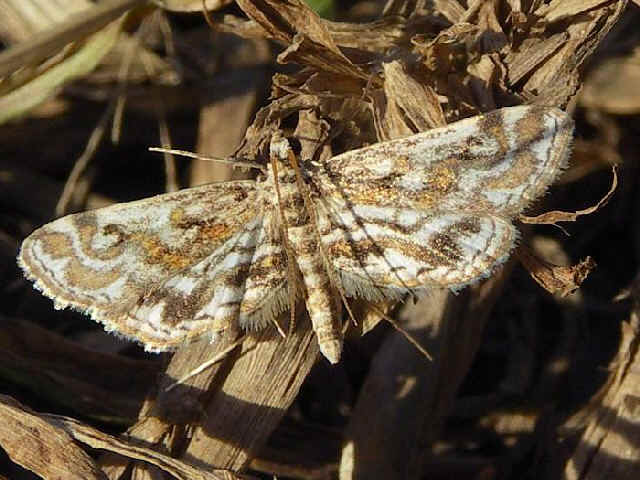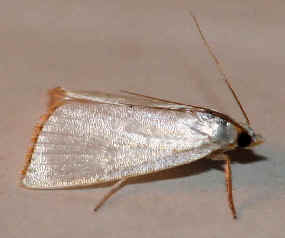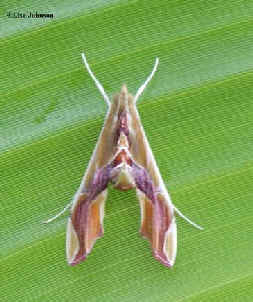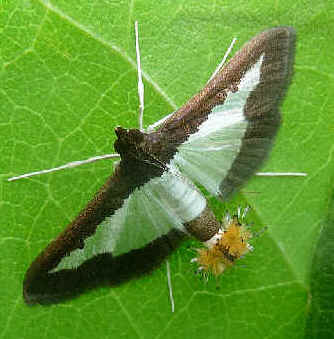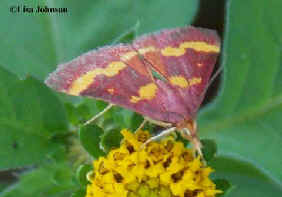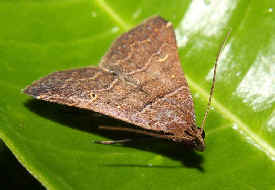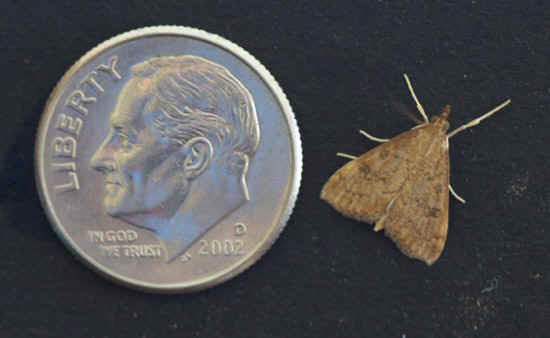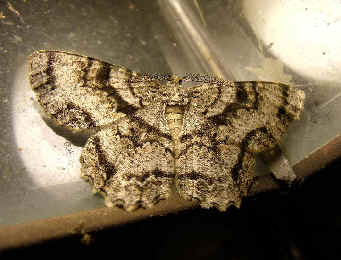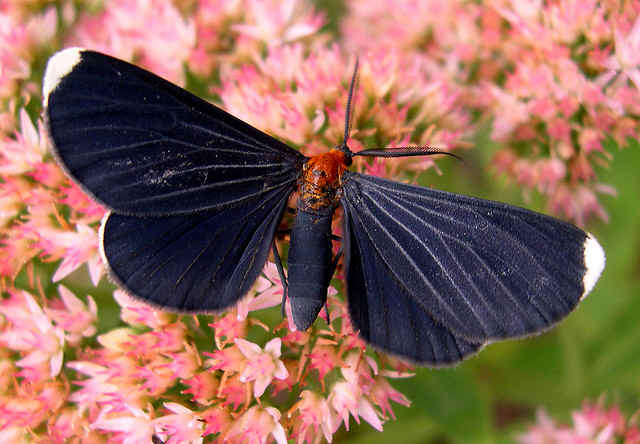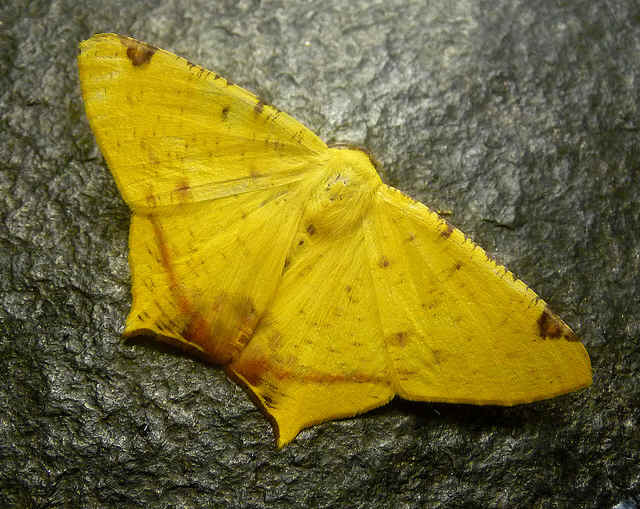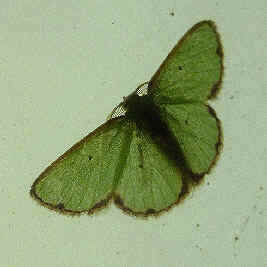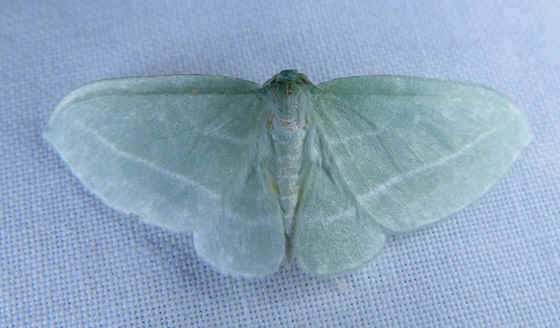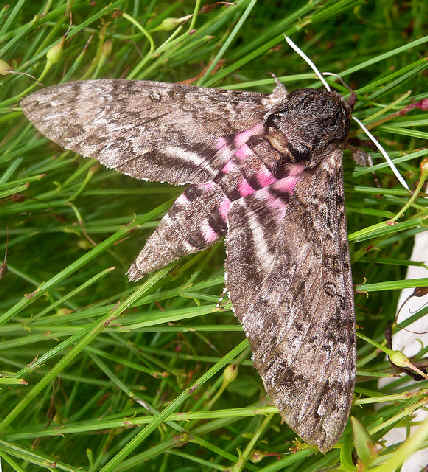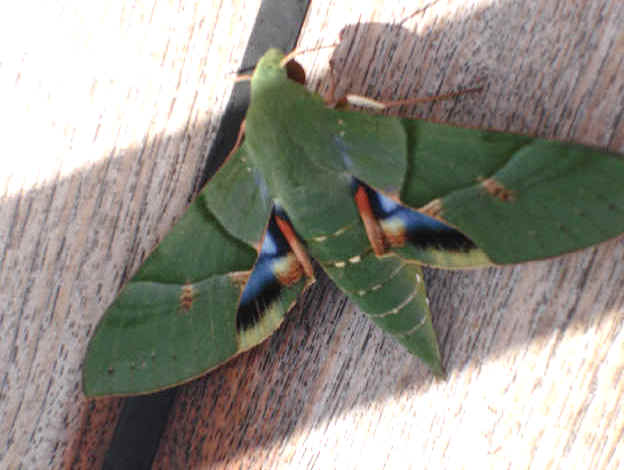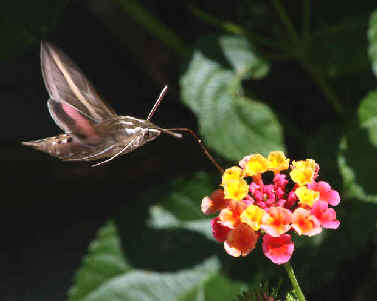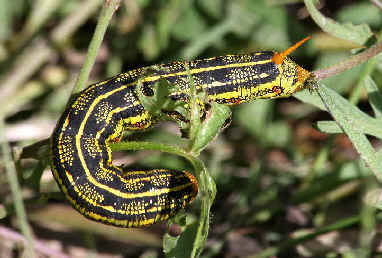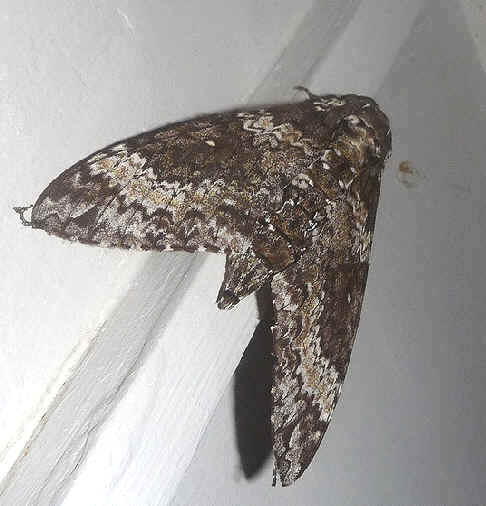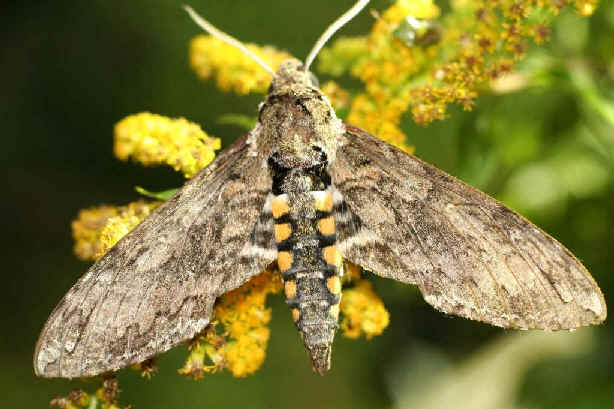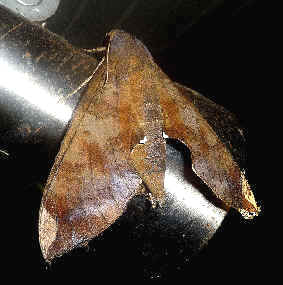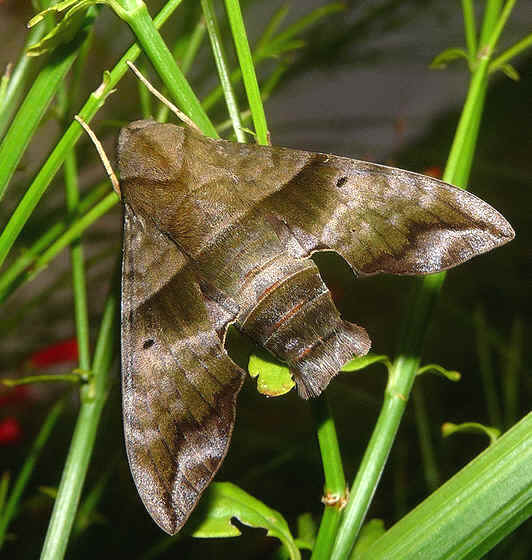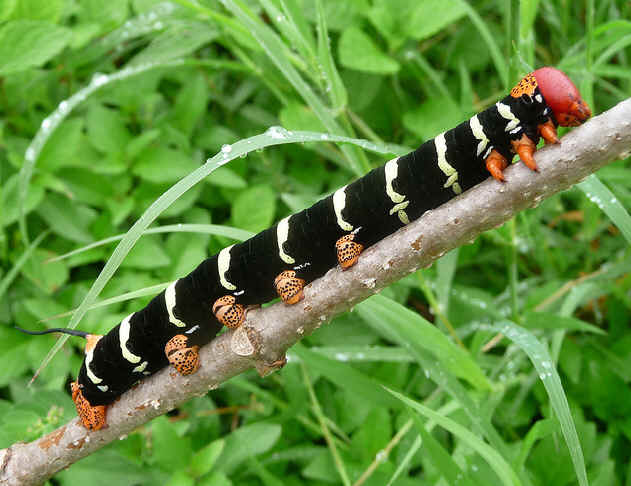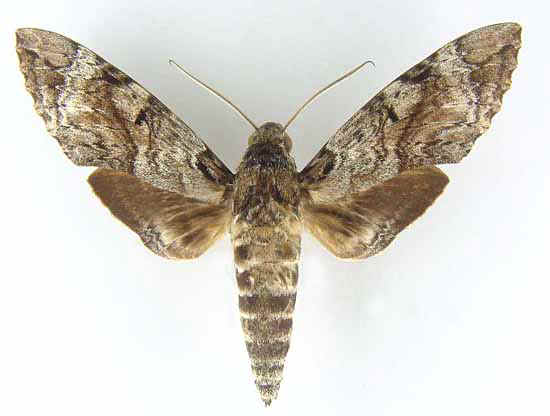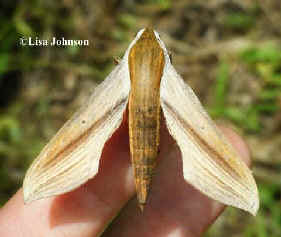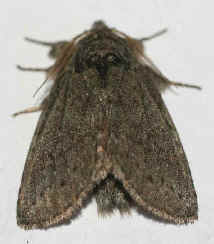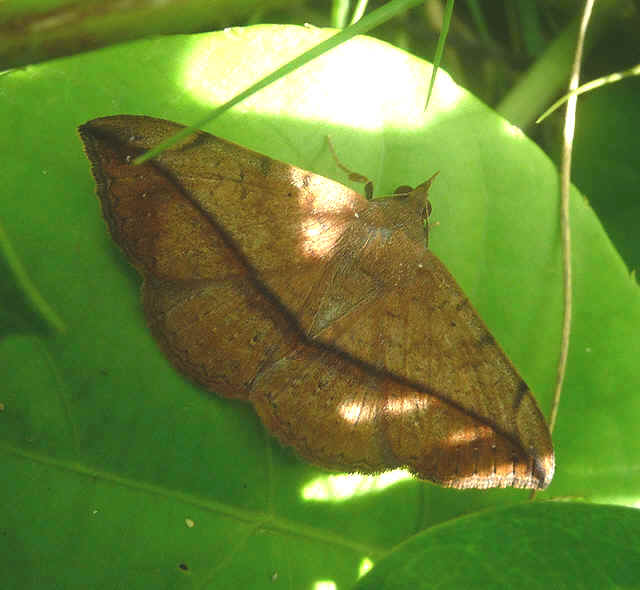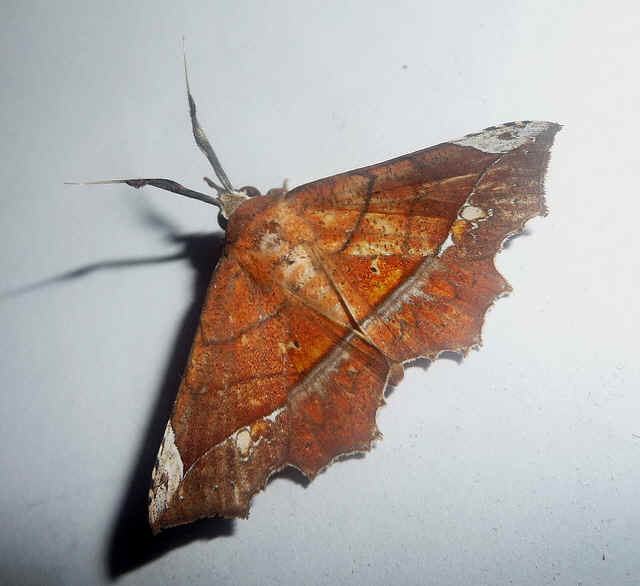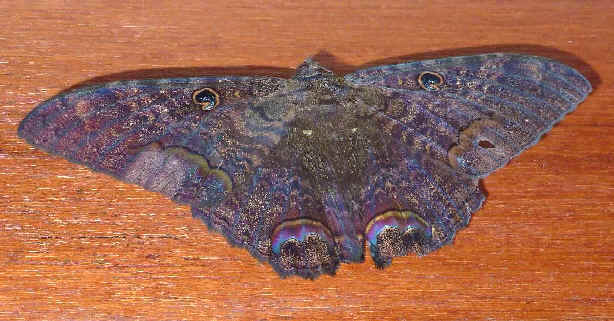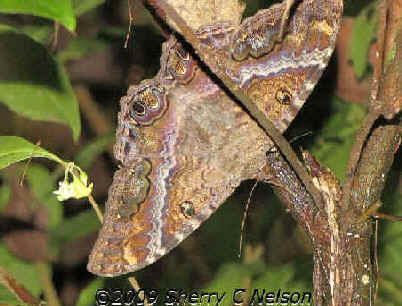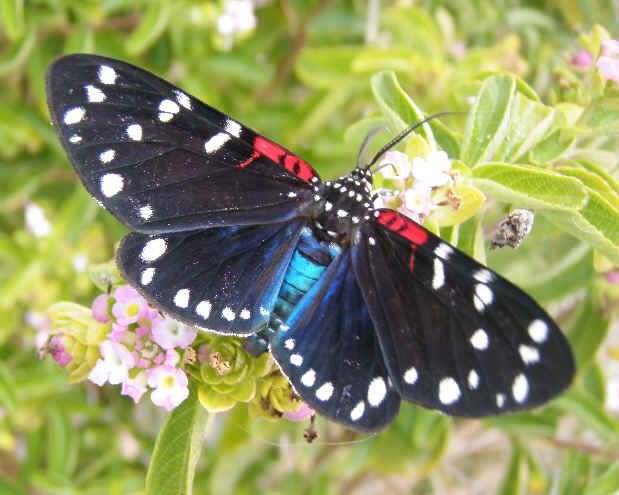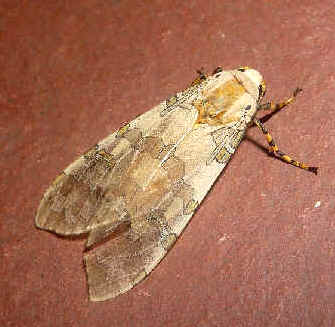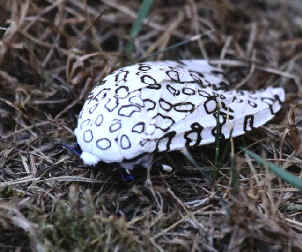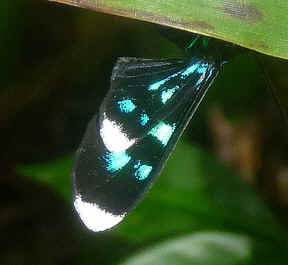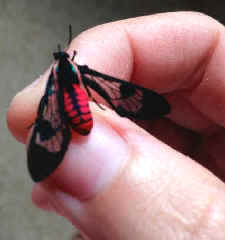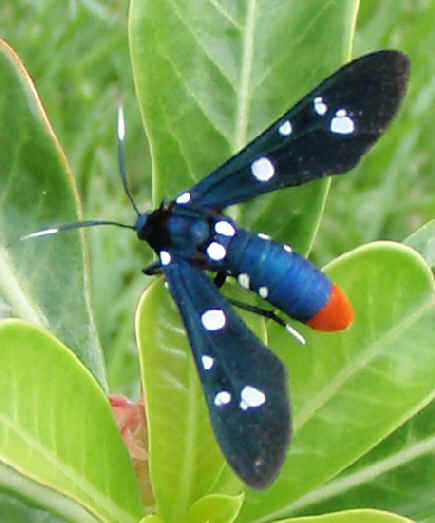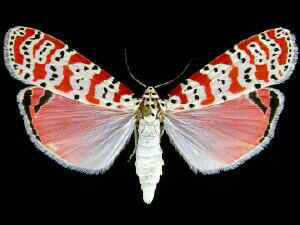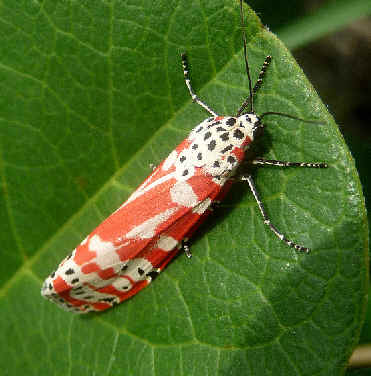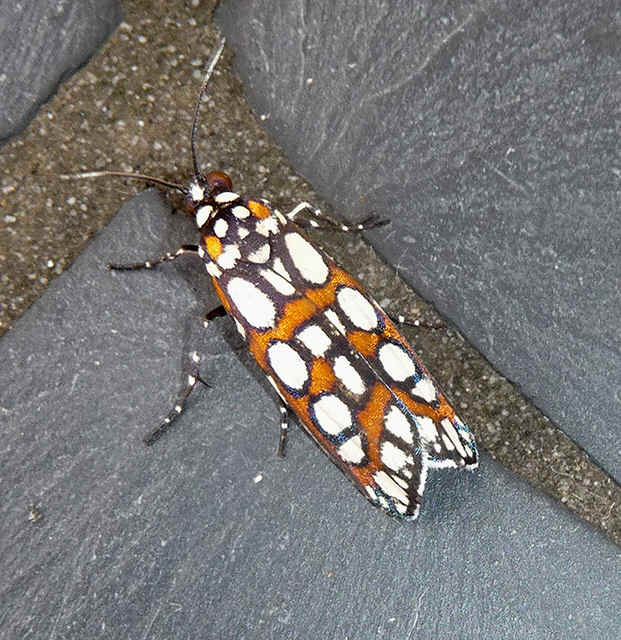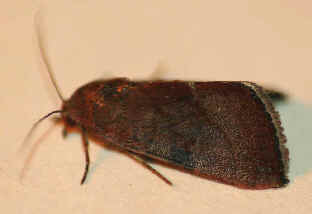
E-mail: font@focusonnature.com
Phone: Toll-free in USA 1-888-721-3555
or 302/529-1876
 |
PO Box 9021,
Wilmington, DE 19809, USA E-mail: font@focusonnature.com Phone: Toll-free in USA 1-888-721-3555 or 302/529-1876 |
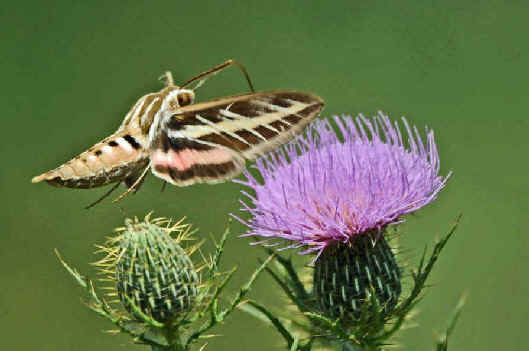 A
List
of
A
List
of
Moths
in the West Indies
of the Caribbean
including those
during
Focus On Nature Tours
A List compiled by Armas Hill
A LINK to a LIST of CARIBBEAN BUTTERFLIES
A LINK to a SET of PHOTOS of SOME CARIBBEAN MOTTH (in Jamaica)
A LINK to a SET of PHOTOS of SOME CARIBBEAN MOTHS (in the Dominican Republic)
Photo at upper right: a
WHITE-LINED SPHINX, Hyles lineata
(photo by Howard Eskin)
Codes:
M#xxxx: MONA (Moths of North America)
Numbers
These generally were Hodge's Numbers from the "Check List of the Lepidoptera North Of Mexico"
by R.W. Hodges et. al.
That 1983 list (actually compiled thru 1978) is outdated, but those numbers have
long been used (and continue to be in the MONA listing).
Numbers noted as (PNE:xxx) refer to pages
with illustrations in the "Peterson Field Guide to Moths of Northeastern
North America", by David Beadle & Seabrooke Leckie,
2012
Numbers noted as (PNP:xxx) refer to pages
with photographs in the book "Pollinators of Native Plants" by
Heather Holm 2014.
Numbers noted as (W:xx) refer to pages in the book
"Caterpillars of Eastern North America" by David Wagner, 2005.
CU: in Cuba
CY: in the Cayman Islands
DR: in the Dominican Republic
GD: in Guadeloupe
JM: in Jamaica
PR: in Puerto Rico
SL: in Saint Lucia
SV: in Saint Vincent
(ph): species with a photo in the FONT website
There is an excellent website with photos of moths of Puerto Rico by Aaron
Cavosie,
in the "Moth Photographer's Group". A link to it is here:
http://mothphotographersgroup.msstate.edu/AC-PR/ACindex.shtml
Species in this list with photos in the Aaron
Cavosie site are notated (ph:AC)
There is another excellent website with photos of moths in Jamaica by Matthew
Barnes.
A link to that site is here, including "21 beautiful moths in
Jamaica":
http://www.mbarnes.force9.co.uk/jamaicamoths/jamaicahome.htm
Species in this list with photos in the Matthew Barnes site are notated (ph:MB)
G.N. Wolcott in a 1951 catalogue of the lepidoptera listed 830
species of moths as being in Puerto Rico.
In a 1995 review, J. Maldonado put the total at 936 species
The increase from 830 to 936 is due in no small part to identifications made
from photographs by Aaron Cavosie.
Some of the material in the following list is based upon "A
Preliminary Checklist of the Moths of Puerto Rico" by Bob Patterson in
which there are 910 species.
Most likely, in the future there will be changes to some current
identifications, and it can also be safely said that there are still species of
moths to be described in Puerto Rico and elsewhere in the West Indies.
In this listing, there is updated taxonomy with the family EREBIDAE containing
moths that were formerly classified in the family NOCTUIDAE, plus all of
the former members of the families ARCTIIDAE and LYMANTRIIDAE.
This re-classification has not yet met with general consensus, and many
resources and publications still follow the older classification scheme.
As of now, there are 1,740 species of moths in this list.
Among
the Moth Groupings in the following list, links to these families:
Uraniidae:
Scoopwings positioned
at the beginning of the list due to their attractiveness, would be by GEOMETRIDAE
MICROMOTHS:
Nepticulidae: Pygmy Moths Opostegidae: White Eyecap
Moths
Tischeriidae: "Trumpet" Leaf Miner Moths
Tineidae: Fungus Moths
TINEIDAE includes the
subfamilies: ERECHTHLINAE and MEESSIINAE
Acrolophidae: Burrowing Webworm Moths
Psychidae & Oikticinae: Bagworm Moths
Lyonettiidae: Leaf Miner Moths
Gracillariidae:
principal family of Leaf Miner Moths
Elachistidae: Grass Miner Moths
ELACHISTIDAE includes subfamilies: DEPRESSARIINAE, ETHMIINAE, STENOMATINAE
Alucitidae: Many-plumed Moths Blastobasidae: Scavenger Moths
Coleophoridae: Case-bearer Moths Batrachedridae: Flower Moths Cosmopterigidae: Cosmet Moths
Oecophoridae: Concealer Moths Gelechiidae: Twirler Moths Schistonoeidae
Subfamilies in GELECHIIDAE
include ANACAMPSINAE, ANOMOLOGINAE, DICHOMERIDINAE, GELECHIINAE
Choreutidae: Metalmark Moths
Yponomeutidae: Ermine Moths
Argyresthiinae
Urodidae: False Burnet Moths Plutellidae: Diamondback
Moth Heliodinidae: Sun Moths
Cossidae: Cossid Millers Tortricidae: Leafroller Moths
Megalopygidae: Flannel Moths
Those in COSSIDAE
are also called CARPENTERWORM MOTHS or LEOPARD MOTHS
Subfamilies in COSSIDAE include COSSINAE, ZEUZERINAE
In TORTRICIDAE subfamilies include OLETHREUTINAE and TORTRICINAE
Crambidae: Crambid Snout Moths (or "Grass Moths") Pyralidae: Snout Moths
Subfamilies in CRAMBIDAE
include ACENTROPINAE (Aquatic Crambids), CRAMBINAE, DICHOGAMINAE,
EVERGESTINAE, GLAPHYRIINAE, MIDILINAE, MUSOTIMINAE, ODONTIINAE, PYRAUSTINAE,
SPILOMELINAE
MACROMOTHS: Hedylidae: American Moth
Butterflies
Geometridae: Geometer Moths (Loopers, Inchworms, Spanworms) Sphingidae: Sphinx Moths
Subfamilies in GEOMETRIDAE
include ENNOMINAE, GEOMETRINAE (the Emeralds),
LARENTIINAE (Carpets and Pugs), OENOCHROMINAE, STERRHINAE
Notodontidae:
Prominents Erebidae: subfamilies
Lymantriinae, Herminiinae: Litter Moths
All of the families and
subfamilies in this list from NOTODONTIDAE to the end are in superfamily
NOCTUOIDEA.
Erebidae:
subfamilies Hypeninae, Phytometrinae, Calpinae, Eulepidotinae, Scoliopteryginae
In the above link,
HYPENINAE are the SNOUTS. In with EULEPIDOTINAE are those in subfamily
OPHIDERINAE.
Erebidae: subfamilies Anobinae, Hypenodinae,
Rivulinae Erebidae:
subfamily Erebinae
In HYPENODINAE is the
Schrankia Moth. Followed in the list by subfamily HYPOCALINAE, with the HYPOCALA
MOTH.
In subfamily EREBINAE, a large number of species, including some that were in
what was subfamily CATOCALINAE.
Among the moths in EREBINAE is the well-known BLACK
WITCH.
Arctiinae: Tiger Moths, Ctenuchini: Wasp Moths, Lithosiini: Lichen Moths, & Pericopini
Euteliidae
Nolidae Noctuidae:
subfamilies Plusiinae, Bagisarinae, Cuculliinae: Hooded Owlets
In this list with
EUTElIDAE are those in subfamily STICTOPTERINAE (of NOCTUIDAE).
The families EUTEIIDAE and NOLIDAE are closely related to NOCTUIDAE, all in the
NOCTUOIDEA superfamily.
In NOLIDAE are the NOLID or TUFT MOTHS, including here the subfamiles
CHLOEPHORINAE, SARROTHRIPINAE,
and NOLINAE.
PLUSIINAE (in the link
above) includes LOOPERS and MILLER MOTHS.
Noctuidae:
subfamilies Eustrotiinae, Acontiinae, Amphipyrinae
Also in the above link to
EUSTROTIINAE are the subfamilies DIPHTHERINAE, AMPHIPYRINAE, and ONCOCNEMIDINAE.
EUSTROTIINAE include the GLYPHS.
ACONTIINAE are the BIRD-DROPPING MOTHS.
In DIPHTHERINAE is the unique HIEROGLYPHIC MOTH.
In AMPHIPYRINAE are the AMPHIPYRINE SALLOWS.
In ONCOCNEMIDINAE are the ONCOCNEMIDINE SALLOWS.
Noctuidae:
subfamilies Agaristinae, Condicinae, Heliothinae, Eriopinae
In AGARISTINAE are the
WOOD-NYMPHS and FORESTERS.
CONDICINAE are the GROUNDLINGS.
HELIOTHINAE are the FLOWER MOTHS.
ERIOPINAE are the FERN MOTHS.
Noctuidae:
subfamily Noctuinae
Included in the link
above to NOCTUINAE are the subfamilies GLOTTULINAE and HADENINAE.
Genera in the above link include:
ELAPHRIA - the MIDGETS
LACINIPOLIA - the SMALL ARCHES
LEUCANIA - the WAINSCOTS
ORTHODES - the QUAKERS
SPODOPTERA - the ARMYWORM MOTHS
Links
to Lists & Photo Galleries of Moths in:
Eastern North America (part 1)
Eastern North America
(part 2)
Central America South America
Other
Links:
Upcoming Birding & Nature
Tours in the West Indies Upcoming FONT Tours Elsewhere
Alphabetical Directory of Moths by Genus with Photos in the FONT Website
A List & Photo Gallery of Butterflies of the West Indies
Other Photo Galleries & Lists of: Butterflies, Moths, Dragonflies & Damselflies
Birds Mammals Amphibians, Reptiles Marine Life Plants
The following is from
the book "Butterfly People. An American Encounter with the Beauty of the
World", by William Leach, published in 2013, comparing moths to
butterflies:
"Moths and butterflies both belong to the same order,
Lepidoptera. Each undergo a complete metamorphosis and each are with wings
covered by scales, shingled one upon another, and stamped with color that
contributes to the total "tiled mosaic" of the wing.
Both have a proboscis, or a long, slender, coiled-up tube attached to the head,
which the insects uncoil to suck nectar from many kinds of flowers, pollinating
as they go. As caterpillars, however, they are much more choosy, with
some dependent on only one food plant, others on a few, and still others on many
different species of plants.
Both moths and butterflies are cold-blooded, requiring an infusion
from the heat of an ambient atmosphere.
But even with their similarities, the differences between moths and butterflies
abound.
In the most general terms, the majority of moths have feathery, tapered
antennae. These, like radar, guide them through the dark, and the males rely on
them to pick up the scent of females.
Butterflies generally have clubbed or hooked antennae, used to smell and
track down nectar, and for sexual purposes.
Moths have thick, commonly hairy bodies and large multifaceted, compound
eyes and usually inhabit the night, while the majority of butterflies fly
by day and have smaller eyes and thinner, relatively hairless bodies.
The classic exception for moths are those belong to the URANIIDAE family.
They look like butterflies in nearly every respect and are among the most
stunning diurnal lepidoptera in the world."
Our list of moths here begins with those in the Family URANIIDAE, as it is
attractive, as well as being a moth that to many appears to be a butterfly.
After the family URANIIDAE, the first part of this list are the MICROMOTHS (MICROLEPIDOPTERA),
followed by the MACROMOTHS (MACROLEPIDOPTERA.
A List of Moths in
the Caribbean:
Family
URANIIDAE: the SCOOPWINGS
URANIIDAE is in the superfamily GEOMETROIDEA
Others in that group
later in this list, mostly in the Family GEOMETRIDAE
